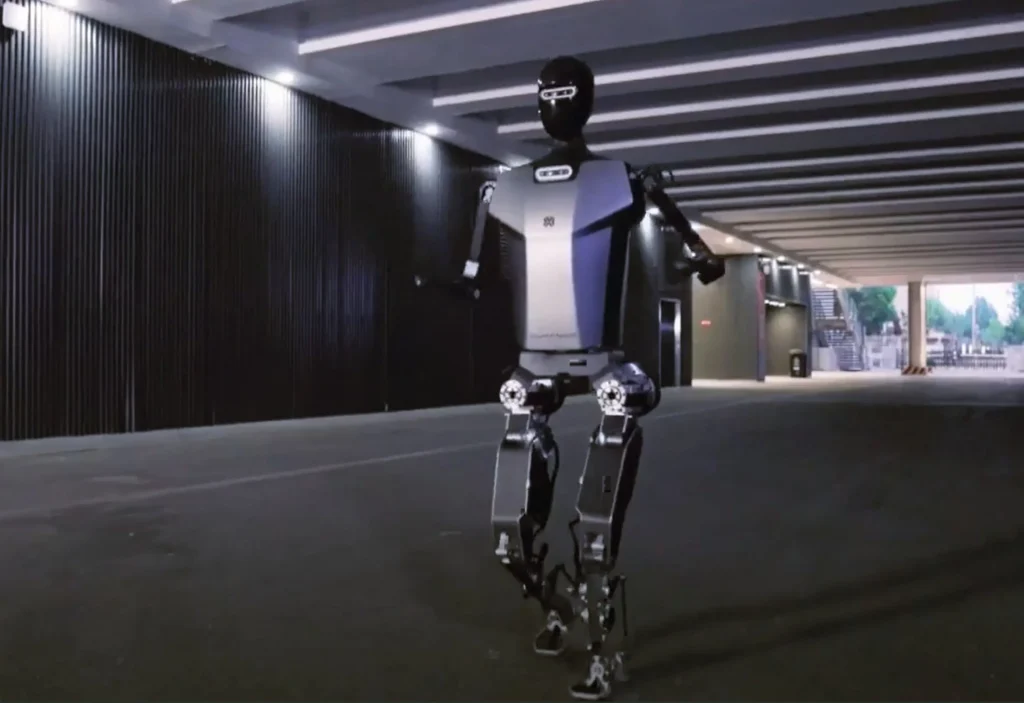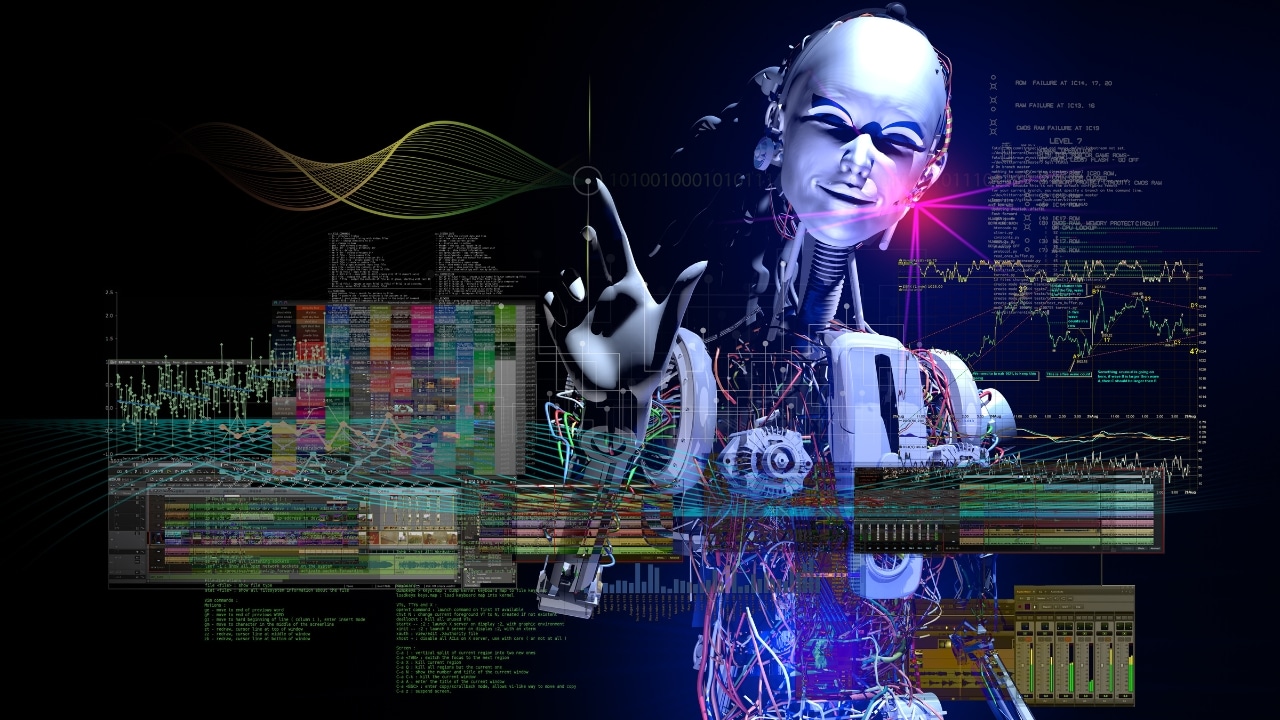Electric Robot with 550 Trillion Operations and 4MPH Speed
In recent years, advancements in robotics and artificial intelligence have led to the development of highly sophisticated electric robots capable of incredible feats. One such groundbreaking achievement is the creation of an electric robot with 550 trillion operations and a top speed of 4 miles per hour (MPH). This article delves into the fascinating world of electric robots, exploring their capabilities, applications, and the future of robotics technology.
Understanding Electric Robots
What are Electric Robots?
Electric robots are robotic systems powered by electricity, often with onboard batteries or wired connections to a power source. These robots can perform a wide range of tasks autonomously or under human control, depending on their design and programming. They are equipped with sensors, actuators, and computing units that enable them to interact with their environment and carry out predefined tasks efficiently.
Key Components of Electric Robots
- Sensors: Electric robots rely on various sensors such as cameras, LiDAR (Light Detection and Ranging), ultrasonic sensors, and gyroscopes to perceive their surroundings. These sensors provide crucial data for navigation, object recognition, and obstacle avoidance.
- Actuators: Actuators are responsible for the physical movement of the robot’s components. Electric robots commonly use motors, pneumatic actuators, or hydraulic actuators to execute tasks such as locomotion, manipulation of objects, and articulation of robotic limbs.
- Computing Units: Modern electric robots are equipped with powerful computing units, including CPUs (Central Processing Units), GPUs (Graphics Processing Units), and specialized AI processors. These units process sensor data, execute algorithms, and control the robot’s behavior in real-time.
- Power System: Electric robots rely on rechargeable batteries or direct power sources to operate. The efficiency and capacity of the power system impact the robot’s runtime and performance.
The Advancement of Electric Robots

550 Trillion Operations: The Power of Processing
The mention of 550 trillion operations highlights the immense computational power embedded in these electric robots. This metric refers to the capability of the robot’s processing unit to perform 550 trillion operations per second. Such computational prowess enables advanced AI algorithms, real-time decision-making, and complex calculations necessary for tasks like autonomous navigation, object recognition, and machine learning.
Impressive Speed: 4MPH and Beyond
While 4 miles per hour might not seem extraordinary for human locomotion, it represents a significant achievement in the realm of electric robots. Achieving this speed while maintaining stability, control, and energy efficiency requires precise engineering and sophisticated control algorithms. Faster speeds are attainable with specialized designs and optimization for specific applications, such as robotic racing or rapid response scenarios.
Applications of High-Performance Electric Robots
Industrial Automation
High-performance electric robots play a vital role in industrial automation, where they perform tasks such as assembly, welding, painting, and material handling. The speed, precision, and reliability of these robots contribute to increased productivity, quality consistency, and cost savings in manufacturing processes.
Autonomous Vehicles
Electric robots with advanced processing capabilities and speed are integral to the development of autonomous vehicles, including self-driving cars, drones, and robotic delivery systems. These robots navigate complex environments, interpret traffic patterns, and make split-second decisions to ensure safe and efficient transportation.
Healthcare and Rehabilitation
In the healthcare sector, electric robots are used for surgical procedures, rehabilitation therapy, and medical diagnostics. High-speed and high-precision robots assist surgeons in performing intricate surgeries with greater accuracy and reduced recovery times. Robotic exoskeletons aid patients in physical therapy and mobility enhancement.
Exploration and Surveillance
Robotic systems equipped with advanced processing and speed capabilities are deployed in exploration missions and surveillance operations. Robots explore hazardous environments such as deep-sea locations, outer space, or disaster zones, gathering data and performing tasks in environments unsuitable for human presence. Surveillance robots enhance security measures by patrolling areas, monitoring activities, and detecting anomalies.
Future Trends and Challenges

Future Innovations
The future of electric robots promises even greater advancements, including:
- Enhanced AI Capabilities: Integration of machine learning, natural language processing, and predictive analytics for more intelligent and adaptive robots.
- Swarm Robotics: Coordination of multiple robots to work collaboratively on complex tasks, mimicking natural swarm behaviors.
- Soft Robotics: Development of flexible and compliant robotic systems for delicate tasks and human-robot interaction.
- Energy Efficiency: Optimization of power systems, energy harvesting technologies, and eco-friendly materials for sustainable robot operation.
Challenges to Overcome
Despite the progress in electric robotics, several challenges remain:
- Safety and Ethics: Ensuring robots operate safely in human environments and addressing ethical concerns regarding AI decision-making.
- Interoperability: Standardizing communication protocols and interfaces to enable seamless integration of diverse robotic systems.
- Regulatory Frameworks: Developing regulations and guidelines for responsible deployment, operation, and accountability of robotic technologies.
- Skill Shortage: Bridging the gap in skilled professionals capable of designing, programming, and maintaining advanced robotic systems.
Conclusion
The development of an electric robot with 550 trillion operations and a top speed of 4MPH represents a remarkable achievement in robotics technology. These robots are poised to revolutionize industries, enhance human capabilities, and address societal challenges. As advancements continue and we overcome challenges, electric robots have immense potential to positively impact our lives and shape the future.”
FAQs about Electric Robot with 550 Trillion Operations
1. How do electric robots differ from traditional robots?
Electric robots utilize electricity as their primary power source, offering advantages such as increased efficiency, reduced environmental impact, and precise control over power consumption compared to traditional hydraulic or pneumatic systems.
2. What are some examples of electric robots in everyday life?
Examples of electric robots in everyday life include robotic vacuum cleaners, automated manufacturing robots, robotic toys, and personal assistant robots like Amazon’s Alexa or Google Assistant.
3. Can electric robots learn and adapt?
Yes, modern electric robots are equipped with AI algorithms that enable learning and adaptation based on experience and input data. This capability allows robots to improve performance, adjust to new environments, and handle dynamic tasks.
4. How are electric robots contributing to sustainable development?
Electric robots contribute to sustainable development by optimizing energy usage, reducing waste in manufacturing processes, and supporting eco-friendly practices such as precision agriculture and clean energy production.
5. What are the future prospects for electric robots in society?
The future prospects for electric robots include enhanced automation across industries, personalized robotic assistance in healthcare and home environments, and collaborative efforts between humans and robots in various domains such as space exploration, disaster response, and environmental conservation.














2 comments